05. How to define your style [Part One]
Defining the difference between signature style and personal style so you can portray the most elevated version of your unique image
Indulge your imagination with me for a moment.
Let’s pretend — or perhaps for some of you, reminisce — you attend a high school where you’re required to wear a weekday uniform.
For five, maybe four days of the week, you have a set rotation of garments to choose from that represent your school’s image.
If you’re a young woman, uniform items may include: tapered trousers, mid-thigh-length skirts, polos, button-down blouses, cardigans, and maybe a hoodie if you’re lucky. If your institution is of the more elite nature — much like my local and beloved Lakefield College School — your uniform may extend to footwear, outerwear, and even accessories.

On the weekends, you’re free to ✨express yourself✨ with the garments (and accessories!) of your choosing. For most high school students, this is likely to look like an influx of casual streetwear and comfort-clad athleisure looks.
In the context of high school, the rigid style rules of a daily uniform may feel restricting — especially as a young person exploring this area for the first time.
As an adult, a style uniform makes it easy for you to get dressed every day because there is little decision-making energy required to put something together that works.
How does this apply to you, now?
The uniform is your signature style and the weekends are your personal style.
Your signature style is a look composed of garments showcasing some kind of pattern that are trademark to your overall image. It’s as much what you wear (everything from belts, to bags, to boots, to bedazzled jewels), as it is how you style these things.
Just as a school uniform informs onlookers to associate a certain image with the institution, your hand-picked “uniform” — when worn consistently — informs your audience to associate a particular core style with you, specifically.
A great example of how signature style works in real life can be found on style influencer Cassandra Lanrick’s Instagram. Her practiced pattern of saturated colours, boxy cuts and ballet flats tells you to associate a fun and playful, yet polished and sophisticated vibe with her image.
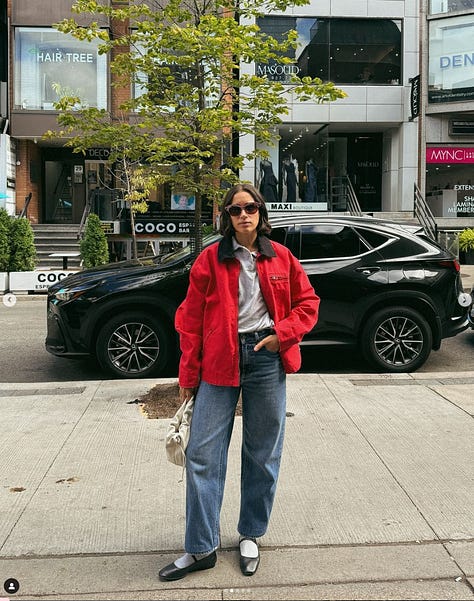
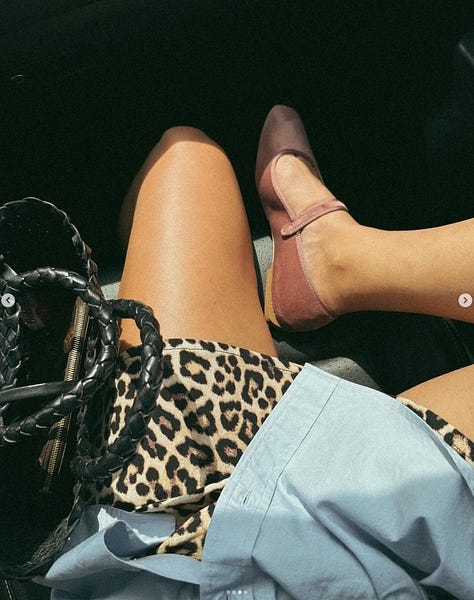
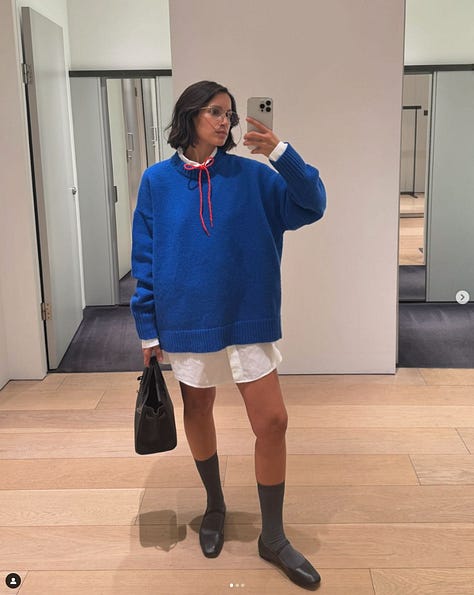
Your personal style, on the other hand, is the unique way you blend your specific style likes in a way that is unequivocally you.
Put it another way: your personal style is like the perfect charcuterie board.
It’s a collection of foods varying in appearance, yet complimenting each other exceptionally well in flavour. Your personal style is what happens when you blend bits and pieces of core styles you like to create something that makes you say “this is so me.”
This comes with time — and constantly evolves as you age — but my goodness, when you start recognizing the pattern of things you really love, styling becomes so much fun. (More on this in a future post).
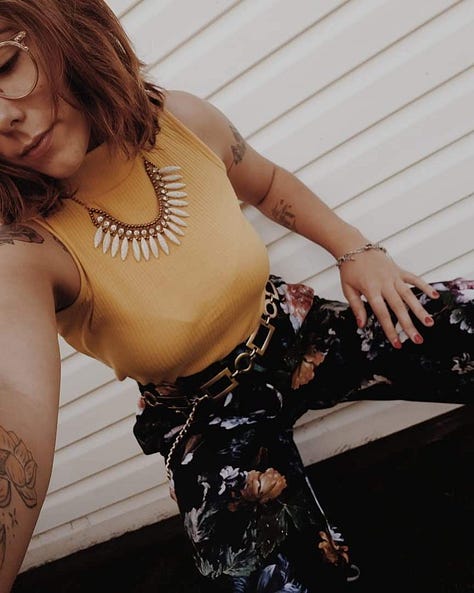


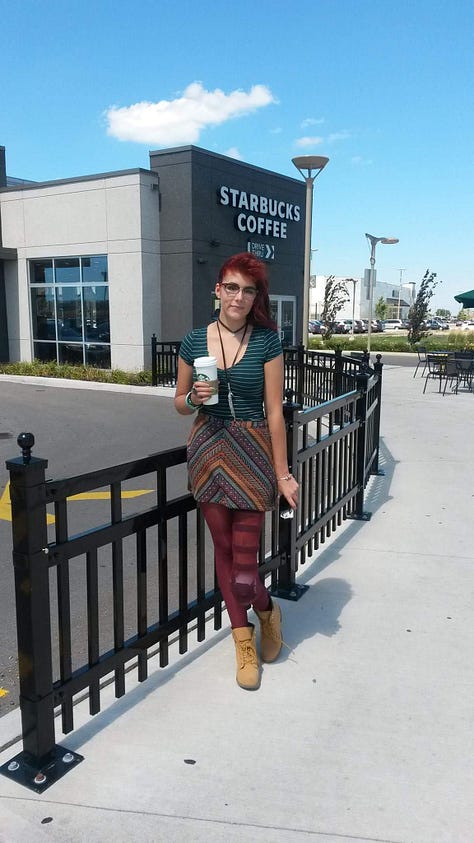


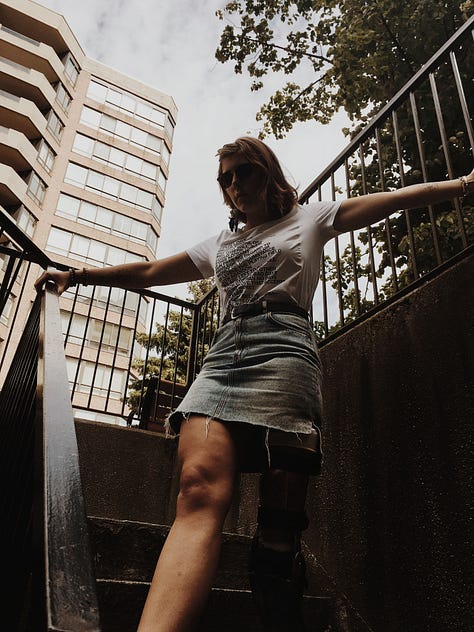


Style Types VS. Style Aesthetics
A quick internet search “what are the six core style types” will clutter your brain with innumerable combinations consisting of mostly the same styles, with some wild cards.
This list1 is the one I know to be tried and true (confirmed by a retired image consultant friend of mine with 30+ years in the field).
The six core style types are:
Classic
Natural
Dramatic
Romantic
Ingènue
Gamine
What does that actually look like? See below 👇🏼

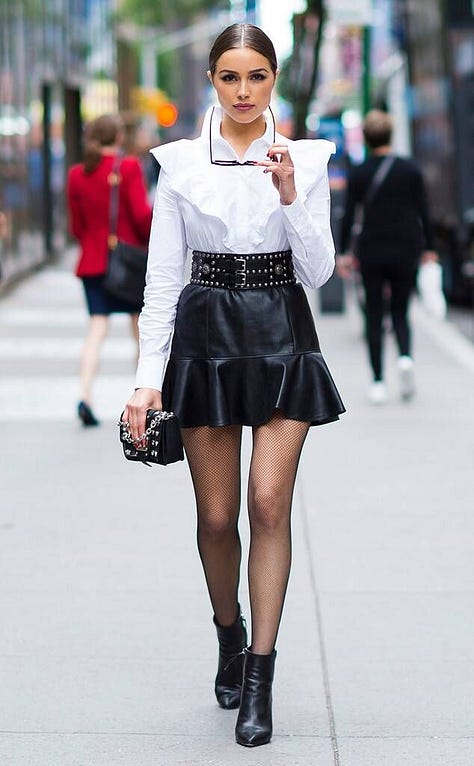

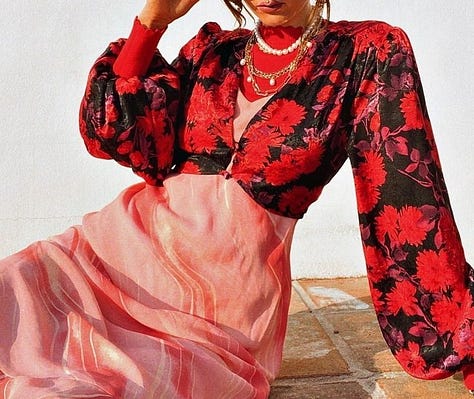
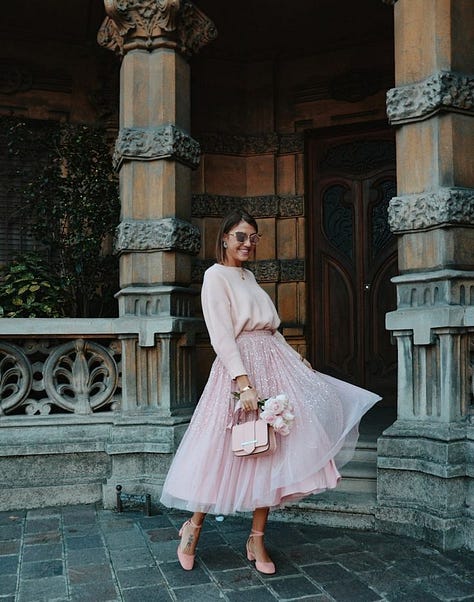
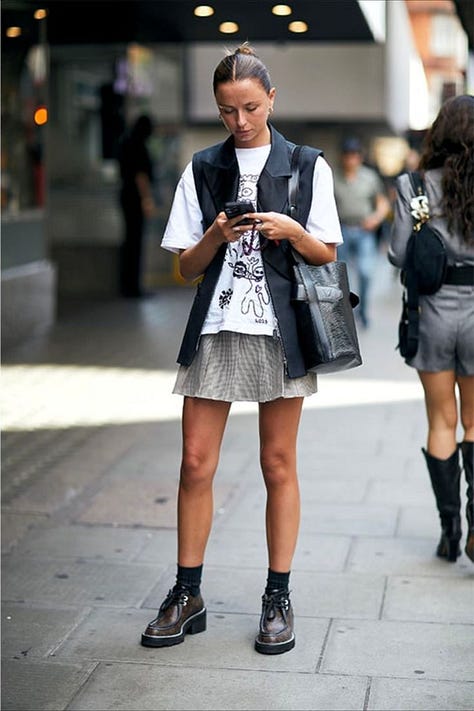
GenZ-core
Style “aesthetics”, on the other hand, are a product of GenZ culture which essentially describe extremely niche ways of dressing by slapping “core” on the end of a pre-existing word with an en dash.
Some brief examples:



Two significant takeaways when it comes to style aesthetics:
These aesthetics are trend-based
These aesthetics are style choices, though they lean heavily on moods and situations.
Don’t get me wrong, I’m not against this. I actually find it a fascinating way of dressing.
But for all the styling newbies out there, it does make the fashion playground a bit more confusing because moods, situations — even geographical locations ie coastal granddaughter — fluctuate constantly.
🗝️ The key to being able to play with style aesthetics is first understanding the root style that they come from. In the case of coastal granddaughter, for example, you’re looking at a blend of Natural and Classic style types, with just a touch of Ingènue.
Wrapping up
Defining your signature and personal styles is meant to give you a guideline to better understand and navigate the fashion world to make it work for you. These aren’t strict rules you’re obligated to follow, rather, helpful suggestions to help you save time, money, and energy when shopping and getting dressed.
Like I mentioned last week, many people make the argument that they don’t care about what they look like or what their style is.
I think the truth is that they’re overstimulated by choice. Without understanding your personal style, too many options creates style paralysis, where any move you make feels wrong, which morphs into image apathy.
I believe that having knowledge is the best way to fight off fear. So while all this new information about style types, style aesthetics and the like may seem like a lot, it’s the information you need in an increasingly fast-paced fashion world.
💌, Tess
Plans to take a deep dive describing each core style in another blog are in the works!


